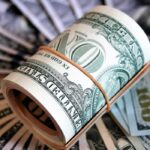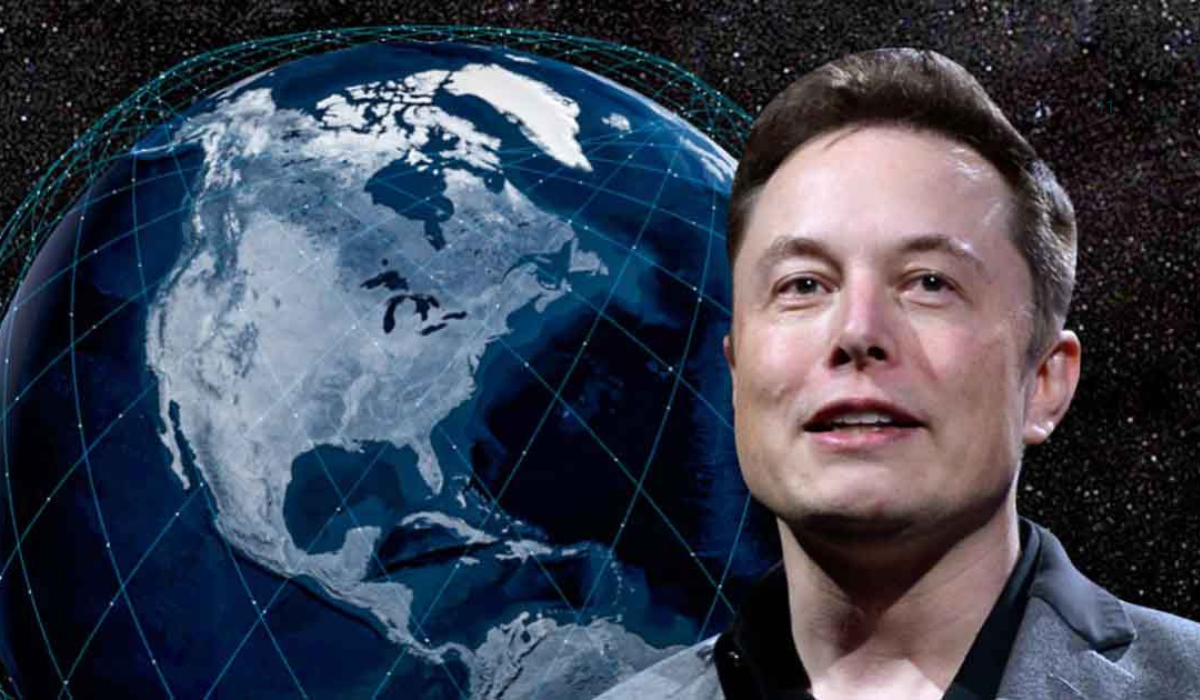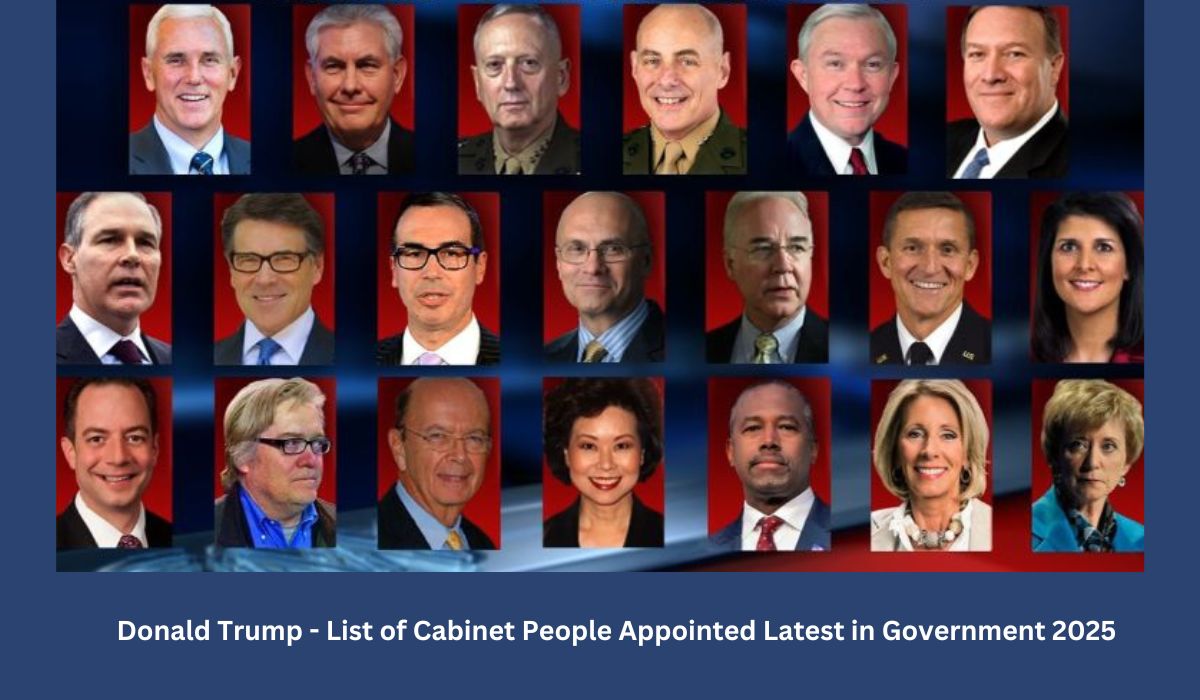Elon Musk is one of the world’s most recognizable entrepreneurs, with a journey that has led him to build multiple billion-dollar companies across various industries. From PayPal to Tesla and SpaceX, Musk’s story is a fascinating example of innovation, risk-taking, and an unyielding drive to achieve the seemingly impossible. Here’s a look at how Elon Musk built his billion-dollar empire.

Elon Musk : Early Beginnings and a Passion for Technology
Born in South Africa in 1971, Musk had an early interest in technology and computers. At just 12 years old, he taught himself programming and created a game called Blastar, which he sold for $500. His passion for technology was evident from a young age, and he dreamed of pursuing big ideas. However, he also felt limited by the lack of opportunities in South Africa and wanted to move to the United States, which he saw as a land of opportunity for aspiring innovators and entrepreneurs.
Musk moved to Canada at 17, where he attended Queen’s University, before transferring to the University of Pennsylvania in the United States. There, he earned degrees in both physics and economics, which would later prove valuable as he navigated the business and tech worlds.
Building Zip2: Musk’s First Company
In 1995, Musk and his brother Kimbal founded Zip2, a company that provided city guides and business directories for newspapers. At the time, the internet was still in its infancy, and Musk saw an opportunity to combine technology with local information. They worked tirelessly, often sleeping in their office, and faced significant challenges in securing funding and building their product. Eventually, they gained traction, and in 1999, computer giant Compaq acquired Zip2 for nearly $300 million. Musk received $22 million from the sale, marking his first big break and giving him the capital to start pursuing even bigger ideas.
PayPal and the Rise of Online Payments
With the success of Zip2, Musk quickly turned his attention to online payments, founding X.com, an online payment company. X.com soon merged with Confinity, a company founded by Peter Thiel and Max Levchin, and the combined entity became known as PayPal. PayPal revolutionized the way people made transactions online, offering a secure, fast, and convenient way to send money digitally.
PayPal’s rapid growth and innovation caught the attention of eBay, which acquired the company in 2002 for $1.5 billion in stock. Musk, as one of the largest shareholders, received a payout of around $165 million. This sale further cemented Musk’s reputation as a tech entrepreneur and provided him with the resources to pursue even more ambitious projects.
SpaceX: Aiming for the Stars
After PayPal, Musk set his sights on an entirely new field: space exploration. In 2002, he founded SpaceX (Space Exploration Technologies Corp.) with the audacious goal of reducing the cost of space travel and eventually enabling human life on Mars. Musk believed that humanity needed a backup plan—a way to become a multiplanetary species—and SpaceX was his answer.
The early days of SpaceX were incredibly challenging. Musk invested much of his own money, and the company faced numerous technical and financial hurdles. Their first three rocket launches failed, nearly bankrupting the company. But in 2008, SpaceX finally succeeded with its fourth launch, making it the first privately funded company to send a liquid-fueled rocket into orbit.
This breakthrough led to a contract with NASA to resupply the International Space Station (ISS), and SpaceX began to grow rapidly. Musk’s vision of affordable, reusable rockets became a reality with the Falcon 9 rocket, and in 2020, SpaceX made history by becoming the first private company to send astronauts to the ISS. Today, SpaceX is valued at tens of billions of dollars and is widely regarded as a leader in the aerospace industry.
Tesla: Revolutionizing Electric Vehicles
In 2004, Musk joined Tesla Motors, an electric car company founded by Martin Eberhard and Marc Tarpenning. Although he wasn’t a founder, Musk quickly became the face of Tesla, investing heavily in the company and serving as chairman of the board. Tesla’s goal was to create high-performance electric vehicles that could compete with traditional gas-powered cars.
Tesla faced numerous obstacles, from financial challenges to skepticism about the viability of electric cars. But Musk was relentless in his pursuit of making Tesla successful, investing his own money, motivating his team, and constantly innovating. In 2008, Tesla released the Roadster, its first electric sports car, which proved that electric vehicles could be both powerful and desirable.
Over the years, Tesla introduced more affordable models like the Model S, Model 3, and Model X, all of which have gained popularity worldwide. In 2020, Tesla’s stock price surged, and the company reached a market valuation of over $1 trillion, making it one of the most valuable car companies globally. Musk’s dedication to clean energy and innovation has made Tesla a leader in the electric vehicle industry and a key player in the fight against climate change.
The Boring Company and Neuralink: Pushing Boundaries
Not content with revolutionizing the automotive and aerospace industries, Musk went on to found The Boring Company and Neuralink. The Boring Company aims to solve traffic congestion by creating underground tunnels for high-speed transportation. While still in its early stages, the company has completed a test tunnel in Las Vegas and is exploring potential projects in other cities.
Neuralink, on the other hand, focuses on developing brain-computer interfaces. Musk envisions a future where humans can communicate directly with computers, which could help people with disabilities and even potentially enhance human intelligence. Although the technology is still experimental, Neuralink represents Musk’s forward-thinking approach and his desire to push the boundaries of what’s possible.
Key Factors in Musk’s Success

Musk’s journey to building a billion-dollar empire is marked by several key factors:
Visionary Thinking: Musk has always set ambitious goals, from colonizing Mars to transitioning the world to sustainable energy.
Resilience and Determination: Despite countless setbacks and financial challenges, Musk has shown unwavering commitment to his goals, often investing his own money to keep his companies afloat.
Innovation and Risk-Taking: Musk is willing to take risks in industries that others might avoid. This willingness to innovate has enabled him to pioneer new technologies and lead markets.
Focus on the Future: Musk’s ventures, from electric vehicles to space exploration, are all focused on creating a better, more sustainable future for humanity.
Elon Musk’s billion-dollar empire didn’t come easily. Through relentless ambition, innovation, and an eye on the future, Musk has redefined industries and built companies that are shaping the world in unprecedented ways.
His journey serves as an inspiration for entrepreneurs and a testament to what can be achieved through vision, resilience, and a fearless approach to tackling big problems.
As Musk continues to push the boundaries of technology, his legacy as one of the world’s most influential innovators is only set to grow.
FAQs on How Elon Musk Built His Billion-Dollar Empire
1. What was Elon Musk’s first successful business venture?
Elon Musk’s first major business success was Zip2, a company he co-founded with his brother, Kimbal, in 1995. Zip2 provided city guides and business directories for newspapers. In 1999, it was acquired by Compaq for nearly $300 million, giving Musk $22 million from the sale and providing the initial capital for his future ventures.
2. How did Elon Musk make money from PayPal?
Musk co-founded X.com, an online payment company, which later merged with another company to become PayPal. PayPal quickly grew into a leading online payment platform, and eBay acquired it in 2002 for $1.5 billion in stock. Musk, one of the largest shareholders, received about $165 million from the deal.
3. What inspired Elon Musk to create SpaceX?
Elon Musk founded SpaceX in 2002 because he believed humanity should be a multiplanetary species. His goal was to reduce space travel costs, making it affordable and accessible for the future. SpaceX aims to enable space exploration and potentially colonize Mars.
4. How did SpaceX achieve success despite early failures?
SpaceX faced several failed launches and financial struggles in its early days. However, in 2008, the company succeeded with its fourth rocket launch, the Falcon 1, which made history as the first privately funded, liquid-fueled rocket to reach orbit. This success led to a major NASA contract, which secured SpaceX’s future.
5. How did Elon Musk transform Tesla into a successful company?
Although Musk wasn’t an original founder of Tesla, he joined the company in 2004 and invested heavily in it. As CEO and product architect, he helped Tesla innovate with electric vehicles that were both powerful and desirable. Tesla introduced successful models like the Model S, Model X, and Model 3, eventually making it one of the world’s most valuable car companies.
6. What other companies has Elon Musk founded?
In addition to Tesla and SpaceX, Musk has founded several other companies, including The Boring Company, which focuses on underground transportation tunnels, and Neuralink, a company developing brain-computer interfaces to enhance human capabilities and treat neurological conditions.
7. How did Elon Musk’s ventures change different industries?
Elon Musk’s ventures have transformed multiple industries. Tesla revolutionized the automotive industry by making electric vehicles mainstream, SpaceX reduced the cost of space exploration, and Neuralink is exploring advancements in neurotechnology. His work with The Boring Company also aims to address traffic and urban transportation challenges.
8. What are some key factors behind Elon Musk’s success?
Key factors include Musk’s visionary thinking, resilience, willingness to innovate, and focus on the future. He sets ambitious goals, is willing to take risks, and doesn’t give up despite setbacks. Musk also invests his own money in his ventures, showcasing his commitment.
9. How does Elon Musk manage to run multiple companies?
Musk is known for his intense work ethic and efficient time management. He often splits his time among his companies, working long hours and delegating responsibilities to trusted teams. His relentless drive helps him stay involved in critical aspects of each company.
10. What is Elon Musk’s vision for the future?
Musk’s vision includes sustainable energy, space colonization, and advanced technology integration with humans. He aims to create a better future for humanity, from clean transportation with Tesla to making humanity a multiplanetary species through SpaceX, and exploring brain-computer interfaces with Neuralink.













